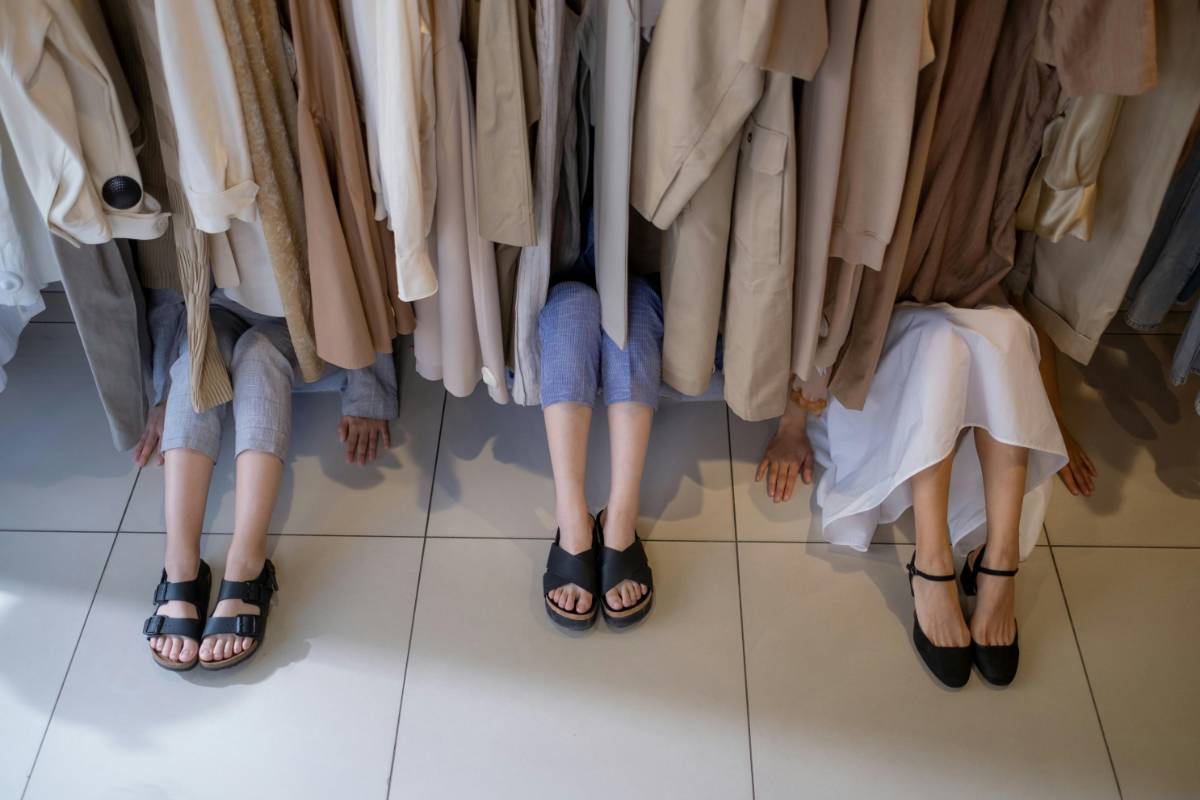
Boutique
The Return of Personal Shoppers in Exclusive Boutiques
In a retail world driven by algorithms and automation, the personal shopper is making a refined comeback—especially in high-end boutiques. These style professionals offer curated guidance, human connection, and insider access, bringing back the elegance of tailored shopping experiences.***1. A Human Touch in a Digital AgeWhile AI tools and virtual assistants are useful, nothing replaces the nuance and intuition of a personal shopper. Boutique clients crave someone who understands not just their measurements—but their moods, aspirations, and evolving style narratives.***2. Deep Brand KnowledgePersonal shoppers are often brand insiders who know every piece of the collection—its fit, fabric, and story. This expertise allows them to guide clients through seasonal lines with confidence, ensuring each choice aligns with the shopper’s identity and needs.***3. Time-Saving LuxuryFor many high-end clients, time is the ultimate luxury. Personal shoppers pre-select items based on preferences, minimizing browsing and maximizing satisfaction. They create capsule wardrobes, prep outfits for events, and manage wardrobe transitions with precision.***4. Elevated In-Boutique ExperiencesExclusive boutiques now offer VIP styling lounges, private fitting rooms, and personalized refreshments. The personal shopper becomes both a stylist and a host—curating not just clothes but an environment of ease, elegance, and exclusivity.***5. Relationship-Driven ServiceUnlike one-off online purchases, personal shopping is built on long-term relationships. These professionals remember past purchases, lifestyle updates, and evolving tastes—building trust that transforms clients into loyal brand ambassadors.***6. Access to Limited and Pre-Launch CollectionsPersonal shoppers often provide first access to limited-edition pieces, exclusive previews, or even made-to-order designs. This level of access enhances the sense of rarity and prestige associated with boutique shopping.***7. Bespoke Styling for Unique OccasionsWhether it’s a destination wedding, high-profile event, or red-carpet appearance, personal shoppers excel in occasion-based curation. They blend fashion expertise with personal insight to create looks that are both appropriate and unforgettable.***8. Confidence and Clarity in Every PurchaseWith a personal shopper’s support, clients make fewer impulse buys and more strategic additions to their wardrobe. This thoughtful approach enhances confidence, reduces returns, and supports a more sustainable consumption mindset.***9. Style Education and EmpowermentToday’s personal shoppers also act as mentors—educating clients on fabric care, silhouette harmony, and seasonal trends. They empower customers to understand their own style, making boutique visits both luxurious and enlightening.***10. A Revival Rooted in IntimacyAs luxury returns to its roots—intimacy, craftsmanship, and personal attention—the role of the personal shopper is more relevant than ever. They are not just facilitators of fashion but custodians of experience, connection, and refined taste.***ConclusionThe return of personal shoppers marks a turning point in boutique culture. It’s a celebration of personalized service in an impersonal age—a reminder that true luxury lies not just in what we buy, but in how we’re guided to find it.
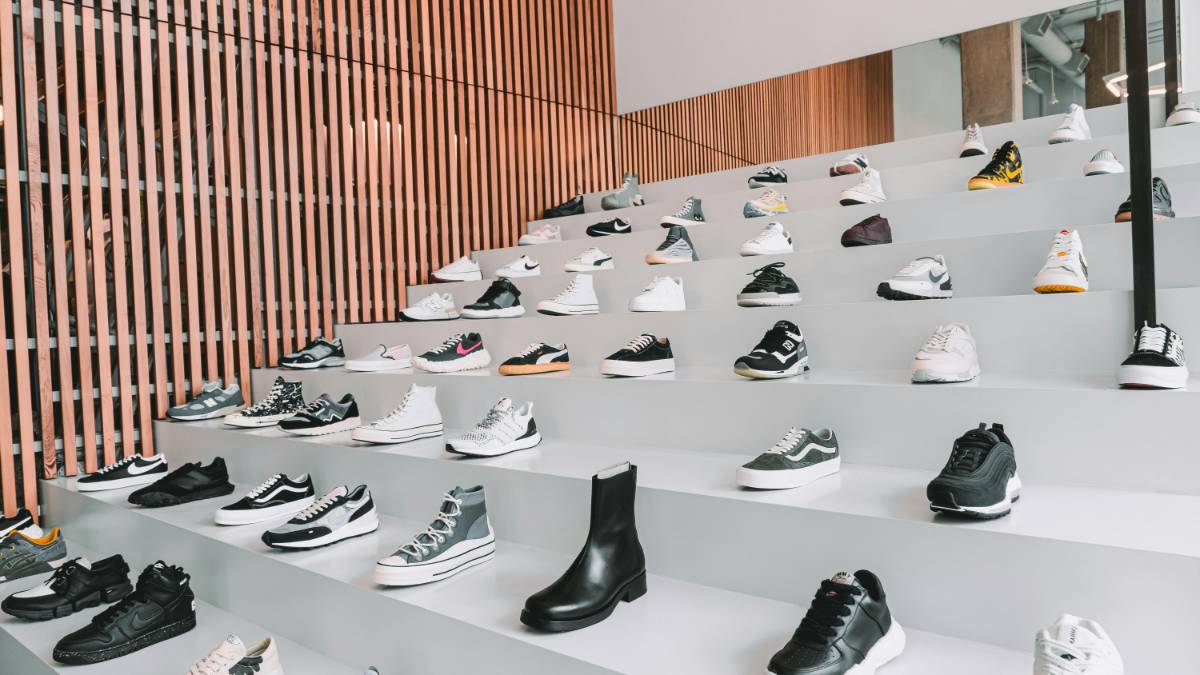
Boutique
Independent Designers Shaping the Future of Luxury Boutiques
Luxury is undergoing a transformation—and at its heart are independent designers who are redefining what it means to shop boutique. These creatives are breaking away from traditional fashion systems, bringing authenticity, sustainability, and innovation into spaces once dominated by legacy brands.***1. The Shift from Heritage to Fresh VisionWhile heritage fashion houses still hold influence, many consumers are drawn to the unique perspectives offered by independents. Designers like Thebe Magugu, Peter Do, and Marine Serre are creating deeply personal collections that reflect culture, politics, and the human experience.***2. Emphasis on Craft and Local ProductionIndependent designers often work with local artisans, handcraft their garments, and prioritize slow fashion principles. This focus on craftsmanship and transparency resonates with boutique shoppers who want meaningful, high-quality pieces that tell a story.***3. Sustainability as a FoundationFor many indie designers, sustainability isn’t a trend—it’s a starting point. Brands like Bode and Collina Strada repurpose vintage textiles, minimize waste, and champion ethical labor practices. These values align perfectly with boutique clientele seeking purpose-driven luxury.***4. Limited Editions and ExclusivityBoutiques thrive on the allure of rarity, and independent designers offer just that. With small production runs, capsule collections, and one-of-a-kind items, they provide exclusivity that’s both authentic and desirable—unlike mass-produced “limited editions.”***5. Direct-to-Consumer ConnectionsMany independents are building intimate relationships with their customers via boutique channels. Whether it’s hosting trunk shows, personalized fittings, or collaborative pop-ups, they create touchpoints that foster loyalty and emotional resonance.***6. Blending Art with FashionBoutiques curated by independent designers often blur the line between retail and gallery. From hand-painted garments to sculptural displays, these spaces reflect the designer’s artistic identity and elevate the shopping experience into a cultural event.***7. Diverse Voices and Inclusive VisionsIndependent designers are bringing diversity to the luxury space—not just in race or gender, but in aesthetics, inspiration, and storytelling. Boutiques become platforms for underrepresented voices, creating richer, more inclusive fashion narratives.***8. Agility and ExperimentationWithout the pressure of mass production or corporate investors, indie designers can pivot quickly and take creative risks. Boutiques benefit by offering cutting-edge designs and exclusive drops that keep customers engaged and curious.***9. Community-Centric ExperiencesIndie-led boutiques often double as community spaces. From panel discussions and art openings to sustainability workshops, these locations nurture dialogue and connection, turning shopping into a shared experience rather than a solitary act.***10. The Future Is BoutiqueAs consumer preferences shift toward authenticity, quality, and individuality, independent designers are perfectly positioned to lead the future of luxury retail. Their boutiques are not just stores—they’re studios, sanctuaries, and stages for ideas to flourish.***ConclusionIndependent designers are redefining luxury from the ground up. Through their values, vision, and craftsmanship, they’re shaping boutique culture into something more meaningful and sustainable. In their hands, the future of fashion feels not only fresh—but truly personal.
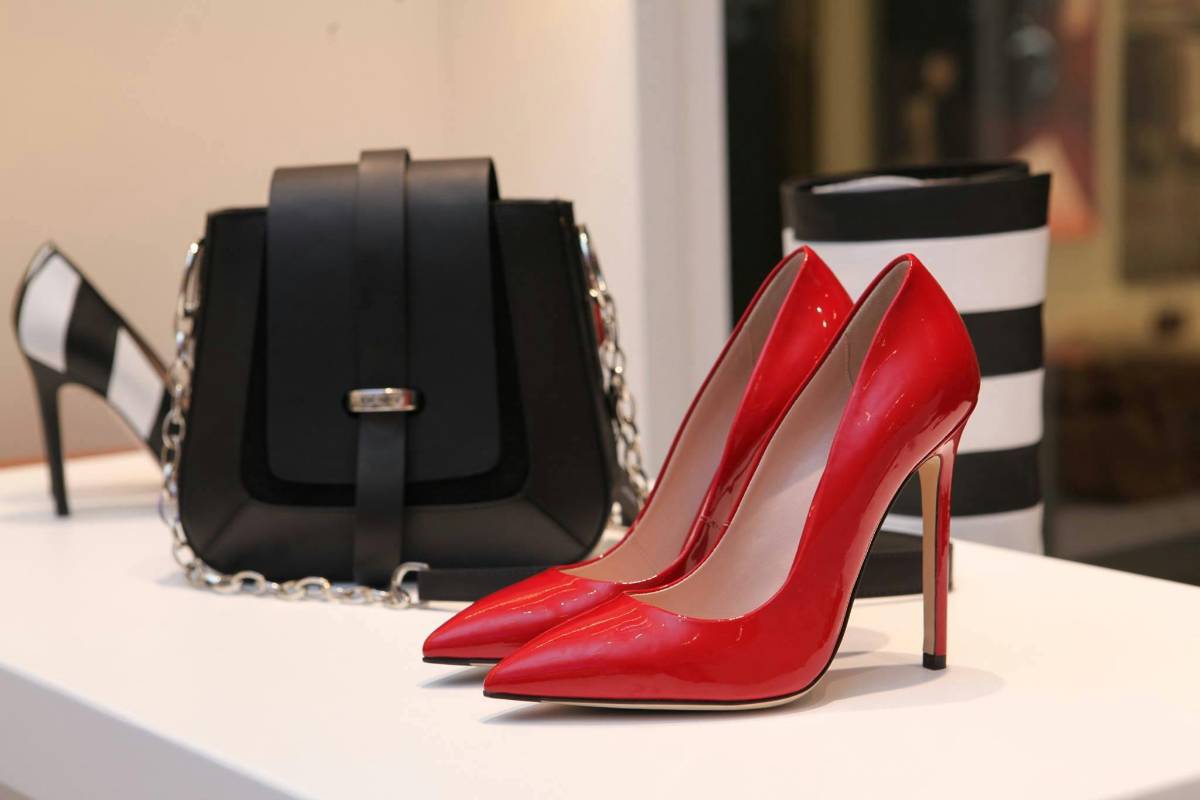
Boutique
The Psychology of Boutique Shopping: Why Less Really Is More
In a world dominated by fast fashion and endless options, boutique shopping offers something radical: simplicity. The boutique experience is intimate, curated, and deliberate—an antidote to decision fatigue and impulse-driven consumerism. Psychologically, it taps into a deeper human need for meaning, control, and connection.***1. The Appeal of CurationBoutiques offer fewer choices, but each piece is carefully selected. This reduces overwhelm and boosts satisfaction. When customers encounter limited but high-quality options, it creates a sense of exclusivity and trust in the brand’s taste. Every item feels intentional.***2. Emotional Connection to ProductsSmaller retail environments allow for storytelling. Whether it’s a handwoven scarf or a sustainably sourced fragrance, boutique items often come with a backstory. These narratives deepen emotional connections and make purchases feel more purposeful and rewarding.***3. Personal Attention and Human TouchIn boutique settings, staff often act more like personal shoppers than salespeople. This one-on-one attention not only elevates the shopping experience but also satisfies psychological needs for recognition and validation. Customers leave feeling seen and understood.***4. The Luxury of Space and SilenceUnlike crowded department stores, boutiques offer room to breathe. The minimal design, soft lighting, and absence of loud music create a calming environment. This quiet elegance helps customers focus and enjoy the process rather than rush through it.***5. Confidence in Purchase DecisionsBecause boutique collections are tightly edited, shoppers often feel more confident about what they buy. The absence of excessive choice reduces buyer’s remorse and supports long-term satisfaction. Each item becomes a thoughtful addition to a wardrobe, not just another acquisition.***6. A Sense of DiscoveryBoutiques often carry independent designers, niche fragrances, or handcrafted pieces that aren’t found elsewhere. This creates a treasure-hunt vibe, triggering dopamine spikes when customers find “the one.” That thrill of discovery enhances loyalty and word-of-mouth referrals.***7. Mindful ConsumerismThe boutique philosophy aligns with conscious consumption. Shoppers are encouraged to buy better, not more. This aligns with values of sustainability, minimalism, and intentional living—appealing to modern consumers who seek alignment between their purchases and personal ethics.***8. A Break from Algorithmic ShoppingIn an age where online shopping is guided by data and algorithms, boutiques provide a refreshing return to human taste and tactile engagement. Customers get to touch, smell, and try on products while guided by instinct and in-store aesthetics rather than digital suggestions.***9. Boosting Self-IdentityPurchasing from a boutique allows customers to express individuality. Rather than wearing mass-produced items, they choose pieces that align with their unique identity. This reinforces a sense of self and personal style, which has a direct impact on confidence and mood.***10. The Afterglow of the ExperienceThe boutique shopping experience lingers beyond the purchase. The ambiance, the conversation, the special packaging—all contribute to positive memory recall. This emotional afterglow increases the perceived value of the item and makes customers eager to return.***ConclusionBoutique shopping is more than just buying—it’s a mindful ritual rooted in psychology. It fulfills the human desire for simplicity, connection, and authenticity. In a culture of more, the boutique reminds us that less, when done right, truly is more.
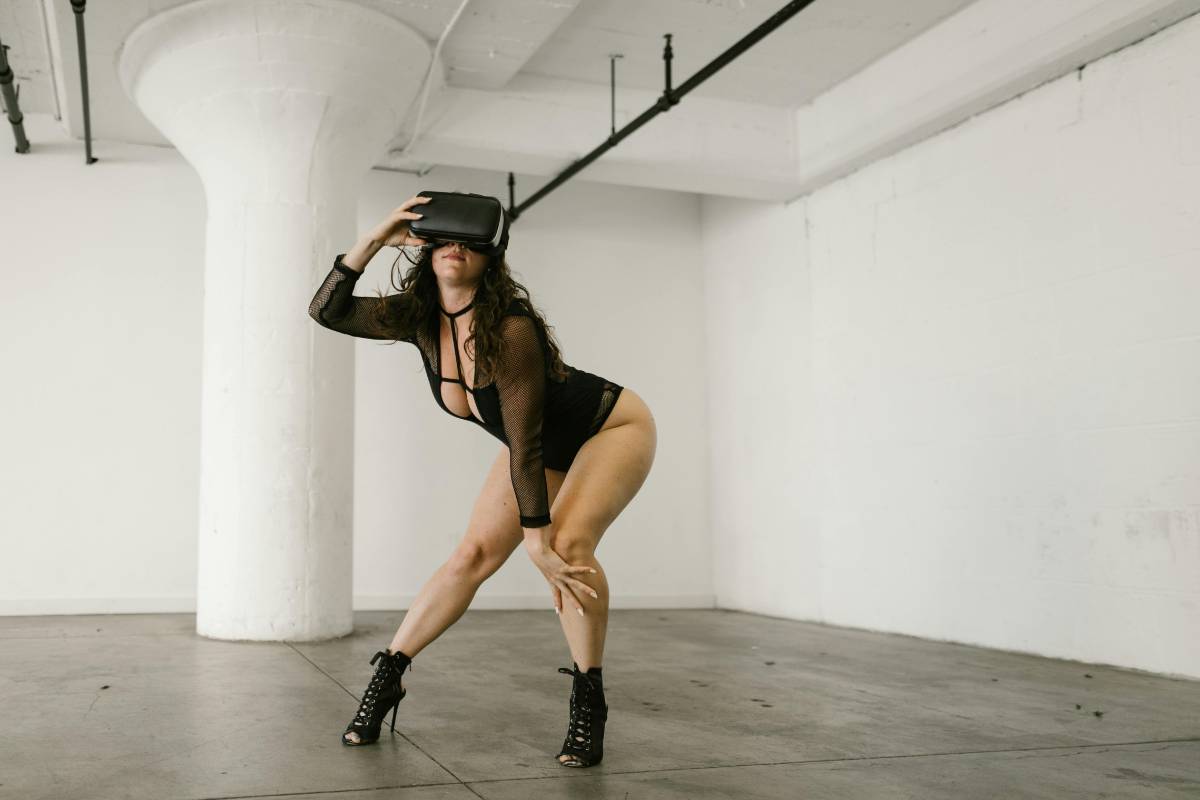
Boutique
How High-End Boutiques Are Blending Art, Fashion & Tech
In 2025, high-end boutiques are no longer just shopping destinations—they are immersive galleries, digital labs, and sensory playgrounds. As luxury brands redefine retail, they’re seamlessly blending art, fashion, and technology to offer next-level experiences that cater to the modern consumer’s craving for meaning and interaction.***1. The Store as a CanvasLuxury fashion houses are transforming their retail spaces into works of art. Prada’s New York flagship features rotating exhibitions curated in collaboration with contemporary artists. Loewe’s boutiques integrate ceramic installations, while Louis Vuitton showcases custom-designed architecture that changes with seasonal collections.***2. Augmented Reality DisplaysAR technology is turning boutique windows and interiors into interactive showcases. At Burberry’s Tokyo store, customers can scan displays to see digital animations overlaid on real garments. Dior’s in-store mirrors allow virtual fittings, letting customers visualize different sizes, colors, and styles instantly.***3. AI-Powered PersonalizationArtificial Intelligence is at the heart of modern boutique experiences. Brands like Farfetch and Gucci are using AI to analyze browsing behavior, style preferences, and previous purchases. In-store, smart assistants and digital stylists offer real-time, curated recommendations tailored to each visitor.***4. Immersive Art InstallationsBoutiques are collaborating with artists to turn shopping into cultural immersion. Hermès has introduced kinetic sculptures and immersive soundscapes, while Byredo merges fragrance with digital light installations. These artistic elements elevate retail to an emotional and aesthetic journey.***5. Fashion-Tech Labs Inside StoresSome luxury brands now host innovation labs within their boutiques. Chanel’s Paris location features a fashion lab where guests can explore fabric technologies, 3D printing, and sustainable material development. This transparency showcases the brand's commitment to craftsmanship and future-forward design.***6. Digital Runways and Virtual StylistsIn-store digital runways offer previews of entire collections. Clients can sit in a boutique and experience a fashion show via surround screens. Brands like Balmain and Versace are also integrating virtual stylists via tablets or AR glasses, offering advice based on body type, climate, and event type.***7. NFT Fashion & Digital CollectiblesSome high-end boutiques are entering the Web3 space. Dolce & Gabbana and Givenchy now offer limited-edition NFT accessories alongside physical counterparts. These digital collectibles are presented through interactive displays in-store, offering customers ownership of both fashion and art in the digital realm.***8. Scent and Sound DesignBrands are now investing in bespoke scents and curated soundtracks to evoke emotion and deepen brand recall. Le Labo boutiques blend fragrance creation with ambient playlists. Meanwhile, Tom Ford stores incorporate sound design that evolves as you move through the space.***9. Smart Architecture and SustainabilityBoutiques are using smart lighting, kinetic walls, and sustainable materials to marry aesthetics with ethics. Stella McCartney’s stores feature modular designs powered by renewable energy, while Bottega Veneta uses sensors to adjust lighting based on time of day and customer flow.***10. Artistic Events and Pop-Up GalleriesHigh-end retailers are hosting fashion-art hybrids such as live painting sessions, projection mapping events, and interactive fashion sculpture shows. These limited-time events draw in crowds not just for shopping, but to experience creativity in motion.***ConclusionIn the fusion of art, fashion, and tech, high-end boutiques are redefining the very nature of luxury. They’re not just selling products—they’re crafting narratives, evoking emotion, and connecting with customers through immersive innovation. This is the future of fashion retail—where culture meets commerce in breathtaking harmony.
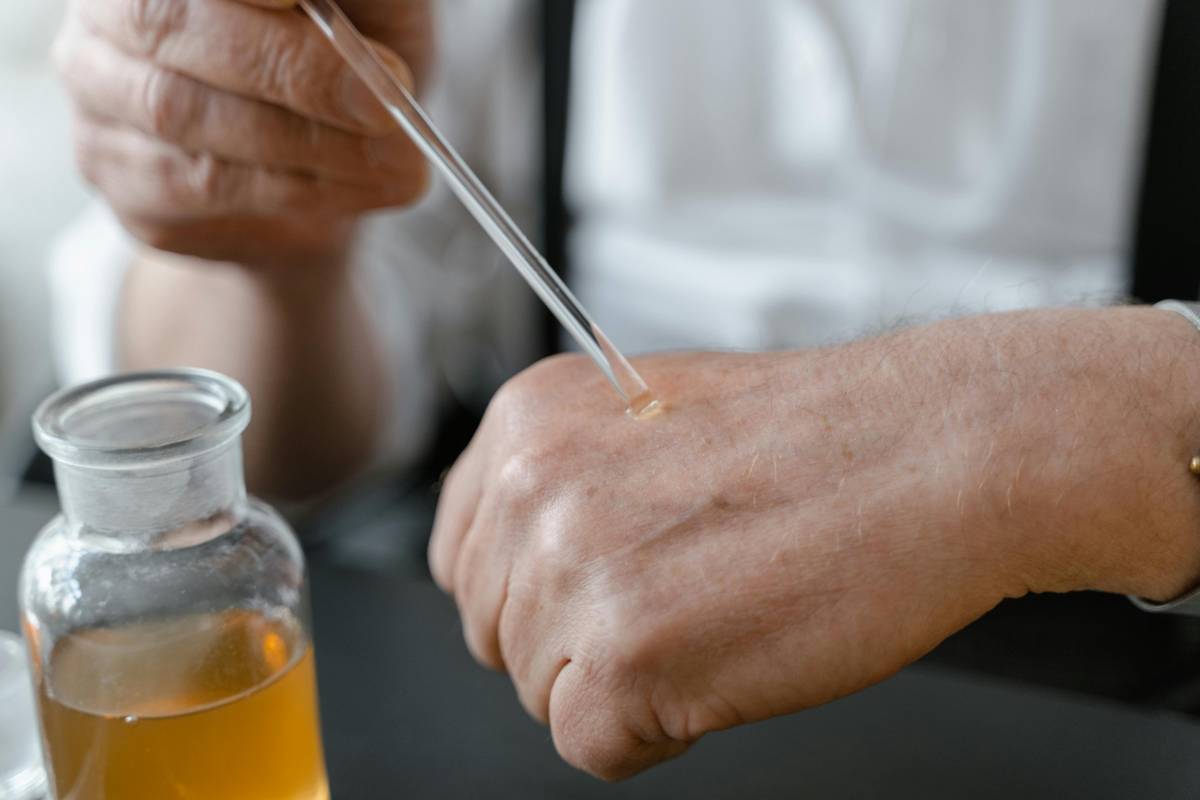
Boutique
From Fashion to Fragrance: Must-Visit Boutique Experiences in 2025
Boutiques have evolved far beyond simple retail spaces. In 2025, they represent immersive experiences—where fashion meets fragrance, and shopping becomes a journey. These spaces offer curated environments that blend art, design, and personalization, appealing to luxury lovers who crave more than just a transaction.***1. The Rise of Concept Boutiques2025’s boutique scene is all about storytelling. Brands like Gucci, Balenciaga, and Loewe are launching concept spaces where every element—from lighting to layout—expresses a unique narrative. Shoppers are no longer just buyers; they’re guests inside a living brand universe.***2. Fragrance Bars and Bespoke PerfumesNiche fragrance boutiques have become must-visits. Maison Francis Kurkdjian, Le Labo, and Diptyque now offer custom scent-making sessions. Visitors can blend ingredients with expert perfumers, creating personalized scents that reflect mood, personality, and even astrology.***3. Multi-Sensory Fashion RoomsFlagship boutiques are now designed to stimulate all five senses. Think: curated soundscapes, scent diffusers, and interactive digital walls. Burberry’s London boutique features rainfall simulation with trench coat displays, while Jacquemus in Paris offers nature-inspired shopping pods.***4. Tech-Infused Styling LoungesAI and AR are transforming boutique fashion. Stores like Farfetch and Neiman Marcus are introducing virtual try-ons, smart mirrors, and personalized fashion advice powered by machine learning. Customers can experiment with styles in real-time before even touching a hanger.***5. Designer-Led Pop-UpsSeasonal pop-up boutiques are giving local flair to global luxury. Brands like Dior and Louis Vuitton are setting up ephemeral stores in exotic locations—from coastal towns in Greece to ski resorts in Japan. These pop-ups offer exclusive collections and décor themed to the locale.***6. Fragrance Meets FashionChanel and Hermès are bridging their fashion and fragrance lines with hybrid boutiques. These spaces integrate clothing displays with scent-testing zones. Each garment is paired with a recommended scent, enhancing the emotional dimension of both style and smell.***7. Sustainable & Slow Luxury Boutiques2025 consumers want meaningful purchases. Boutiques focused on sustainable luxury—like Stella McCartney, Gabriela Hearst, and The Row—are emphasizing craftsmanship, traceability, and longevity. In-store ateliers even allow customers to watch artisans at work.***8. Café-Couture Hybrid SpacesThe fashion café trend continues. Boutiques like Ralph’s Coffee by Ralph Lauren and Café Dior blend retail with lifestyle. Guests can enjoy a curated drink menu while browsing limited-edition collections in ambient, stylish settings that encourage lingering.***9. Fragrance Art InstallationsPerfume boutiques are tapping into fine art. Brands like Byredo and Serge Lutens are curating fragrance-inspired installations—blending scent with sculpture, video, and performance art. These sensory exhibits captivate both collectors and casual shoppers.***10. Cultural Programming & VIP AccessBoutiques now double as cultural hubs. Brands host book launches, panel discussions, private trunk shows, and fragrance workshops. Chanel’s Rue Cambon boutique features an upstairs salon where VIPs engage in private fashion consultations and cocktail evenings.***11. The Future of Boutique TravelLuxury tourism in 2025 often includes boutique-hopping. High-end travel agencies now offer fashion-focused itineraries—from Tokyo’s hidden designer alleys to Marrakech’s artisanal fragrance stalls. For luxury seekers, every destination is a chance to discover curated, local style.***ConclusionIn 2025, the boutique experience is no longer just about shopping—it’s about immersion, storytelling, and personalization. Whether you’re drawn to avant-garde fashion displays, bespoke fragrance labs, or sustainability-driven design, boutique spaces are redefining luxury for the modern age—one sense at a time.
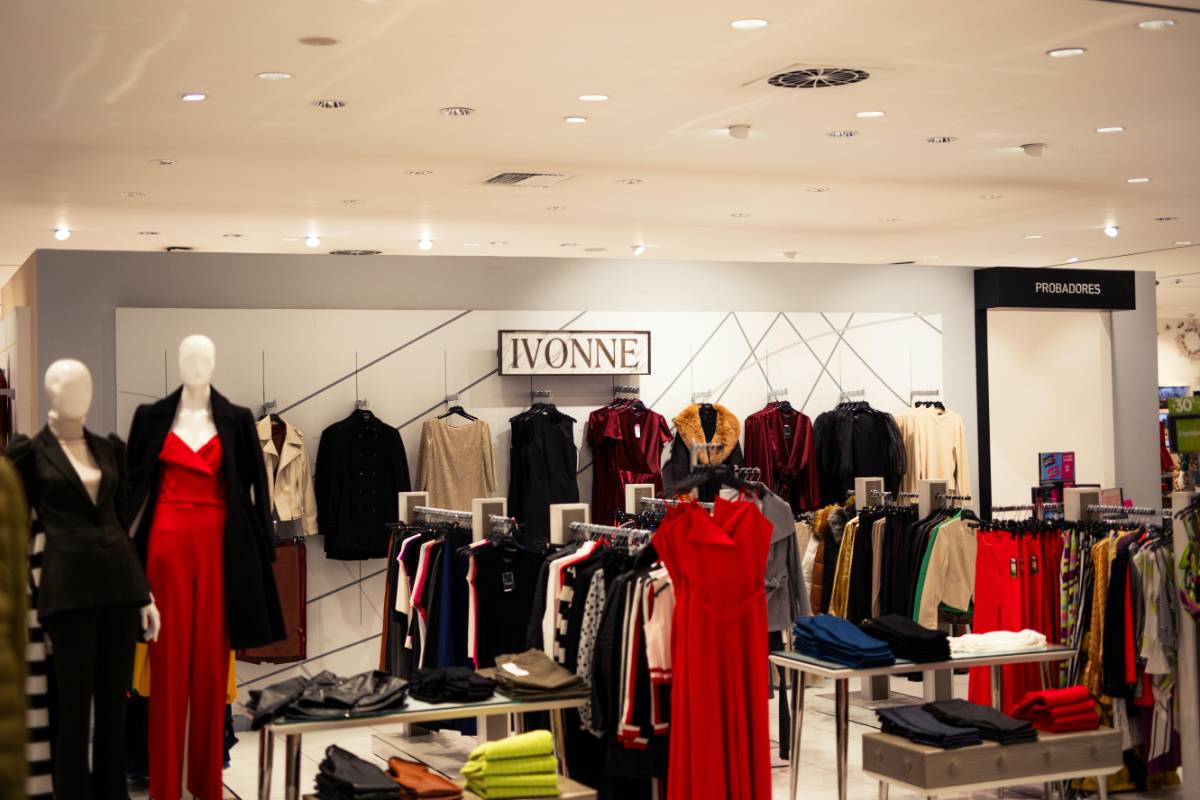
Boutique
Designing Desire: How Boutique Interiors Create Luxury Experiences
Luxury isn’t just what you wear—it’s how you feel. And nowhere is this more evident than in the interior design of boutique retail spaces. These carefully curated environments are designed not just to sell but to seduce, shaping emotions, desires, and the overall shopping experience.***1. First Impressions MatterThe entrance of a boutique sets the tone. Whether it's an arched marble doorway or a minimalist glass facade, the design signals what kind of luxury awaits inside. The sensory cues—lighting, scent, and sound—immediately draw you into a refined world.***2. Spatial StorytellingEach boutique interior tells a story. The layout flows like a narrative, leading clients through collections in a way that feels organic and intentional. There’s a psychological rhythm—from open entryways to intimate dressing areas—that shapes how clients interact with fashion.***3. Materials That Whisper LuxuryIn boutique interiors, material choice is everything. From velvety wall textures and brushed brass accents to reclaimed wood flooring and travertine displays, every surface is meant to be felt. The richness of the materials enhances the perception of quality.***4. Lighting as EmotionLighting can elevate or destroy a luxury atmosphere. Soft, diffused lighting makes garments glow, mirrors flatter, and spaces feel intimate. Accent lighting draws the eye to signature pieces, while hidden LEDs sculpt space without overwhelming the product.***5. Furniture That Feels Like HomeBoutique interiors often use bespoke furniture—low-slung velvet sofas, brass-framed coffee tables, hand-thrown ceramics—not only for aesthetics but also to create comfort. The space becomes a lounge, not just a store, encouraging clients to linger.***6. Art and Objects as ConversationArt is a hallmark of luxury boutiques. Whether it’s a sculpture in the center of the room or a photography collection lining the walls, art adds cultural capital. Even display objects—books, ceramics, florals—are curated to reflect the brand’s values.***7. Sensory BrandingScent branding has become a defining trait. A boutique might diffuse a signature fragrance, instantly recognizable and emotionally resonant. Combined with curated soundtracks—vinyl jazz or ambient electronica—the sensory landscape becomes unforgettable.***8. Dressing Rooms as SanctuariesNo longer an afterthought, dressing rooms are designed like private salons. Plush carpets, flattering mirrors, and soft lighting make the client feel seen and valued. Some even include refreshments or a personal stylist on call.***9. Seamless TechnologyTechnology in boutique design is invisible but essential. Tablets for product browsing, smart mirrors with style recommendations, and contactless checkout ensure a smooth, modern experience without breaking the aesthetic flow.***10. Emotional ArchitectureAt its core, boutique interior design is about creating emotion—calm, desire, exclusivity. It transforms shopping into an experience that touches the senses and lingers in the mind, making every visit feel like a luxury ritual.***ConclusionDesigning desire is both an art and a strategy. The most beautiful boutique interiors don’t shout luxury—they whisper it through detail, emotion, and experience. In a world where presentation is everything, these interiors elevate fashion into something immersive, personal, and unforgettable.
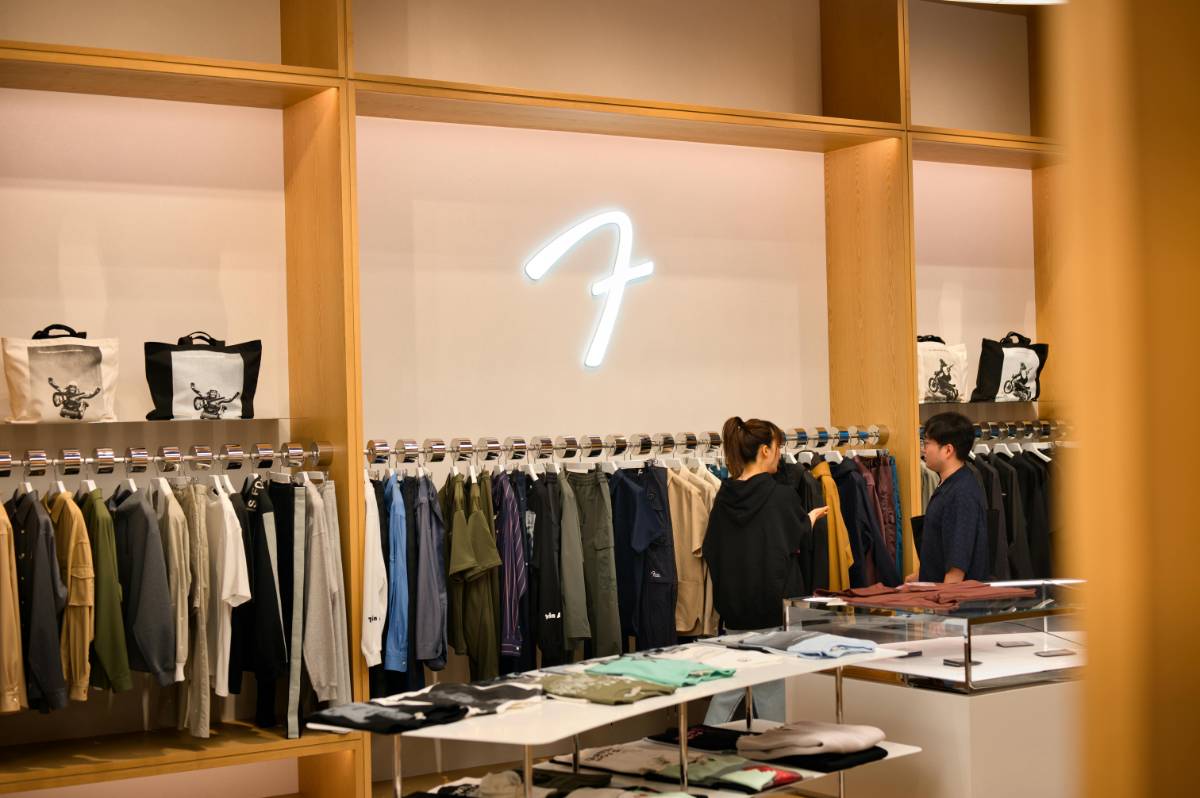
Boutique
Why Boutique Retail is Outshining Flagship Stores
For decades, flagship stores were seen as the crown jewels of retail—monumental, centrally located, and architecturally impressive. But a new era has arrived. Boutique retail is stealing the spotlight by offering intimacy, personalization, and a curated experience that flagship stores often struggle to match.***1. Intimacy Over ImpactFlagship stores are designed to impress with scale and spectacle. But today's luxury consumers crave emotional connection. Boutique shops—smaller in size—create a warm, welcoming environment where clients feel known rather than numbered.***2. Hyper-CurationBoutiques have the freedom to edit. Instead of displaying an entire seasonal collection, they showcase handpicked pieces that reflect the local clientele’s taste and lifestyle. This tightly curated approach feels more thoughtful and exclusive.***3. Personalized ExperienceIn boutique retail, service is everything. Shoppers often form personal relationships with the staff, enjoy private appointments, and receive honest style guidance. The experience feels less transactional and more consultative—tailored and memorable.***4. Neighborhood IntegrationBoutiques often blend into vibrant local communities, enhancing their charm. Whether it's a cobblestone street in Paris or a side lane in Tokyo, these shops feel rooted in place, offering authenticity that large flagship stores rarely deliver.***5. Agility and ExperimentationSmaller stores are more nimble. They can quickly adapt to trends, test new collections, and collaborate with local artists or designers. This agility keeps the boutique experience fresh and ever-evolving.***6. Low-Key LuxuryBoutique shoppers often prefer subtlety over flash. These spaces reflect that mindset—muted tones, artisanal displays, and an ambiance that whispers elegance. It’s luxury for those who don’t need to prove it.***7. Digital Integration Without DistractionWhile flagships invest in heavy tech installations, boutiques use digital tools more discreetly. Think mobile POS systems, appointment-based scheduling, or virtual consultations that complement the in-store experience without overwhelming it.***8. Localized InventoryUnlike flagships that standardize offerings, boutiques often stock products suited to their specific geography and clientele. This makes shopping feel more exclusive—what’s found in one boutique might not be found anywhere else.***9. Community-BuildingMany boutiques host trunk shows, local artist exhibits, or private styling nights, turning retail into a lifestyle. These events foster loyalty and transform customers into brand advocates.***10. Post-Pandemic PreferencesThe pandemic reshaped consumer behavior. Smaller, less crowded stores feel safer and more personal. The boutique model aligns perfectly with today’s demand for meaningful, low-contact luxury shopping.***ConclusionWhile flagship stores still hold iconic status, boutique retail is winning hearts with intimacy, agility, and authenticity. As luxury evolves from spectacle to substance, the boutique is no longer an alternative—it’s the new ideal. In the quiet corners of fashion’s capitals, true luxury finds its voice.
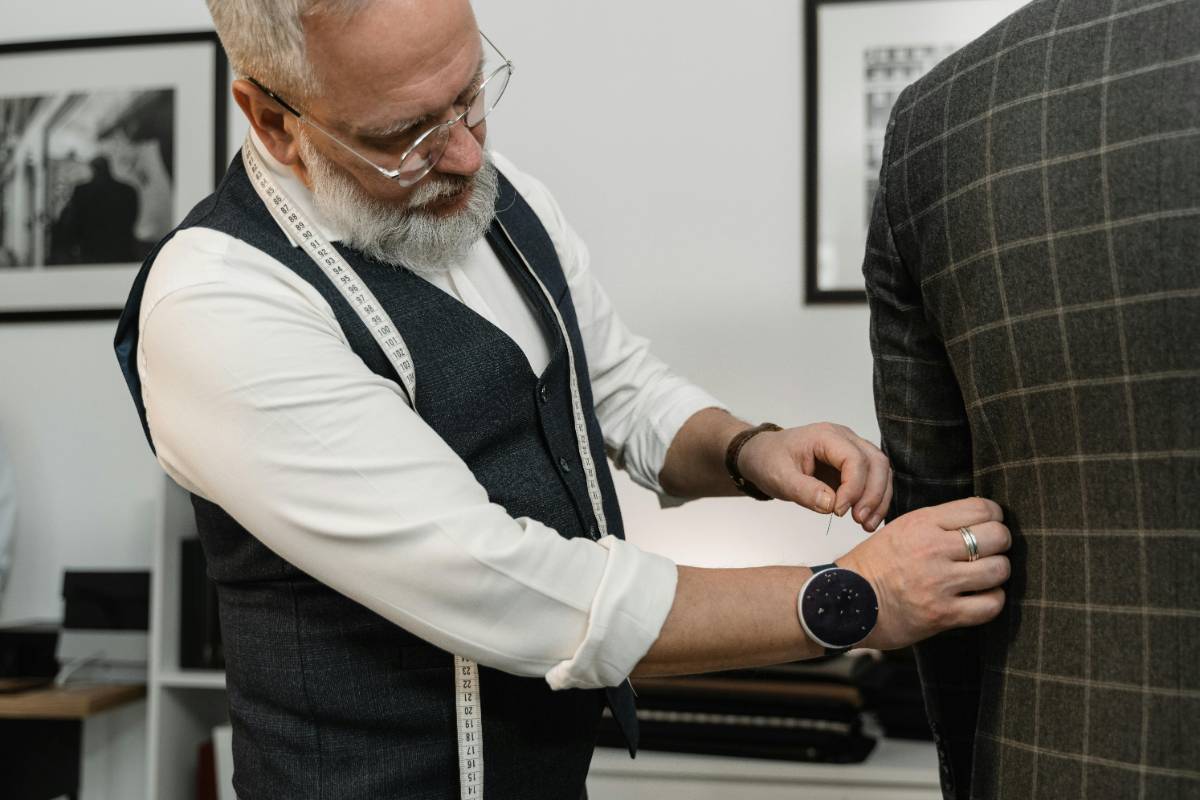
Boutique
Bespoke Over Brands: The Rise of Artisanal Luxury Boutiques
In an age dominated by mega fashion houses and logo-heavy culture, a quieter, more meaningful luxury movement is gaining ground—artisanal boutiques offering bespoke experiences. These small-scale operations prioritize craftsmanship, individuality, and soul over mass production and brand status.***1. The Shift Toward PersonalizationModern luxury consumers are seeking connection. They no longer want to be one of many wearing the same item. Artisanal boutiques provide tailored pieces, often handmade, that speak to the client’s story and preferences. It's a return to authenticity in a world of mass labels.***2. Heritage Techniques, Modern AestheticsFrom hand-stitched leather goods in Florence to custom-woven textiles in Kyoto, artisanal boutiques preserve centuries-old techniques while adapting to contemporary design sensibilities. These pieces are not just worn—they're lived in and passed down.***3. Craftsmanship as StatusToday, true luxury is less about logos and more about the labor and love behind a piece. Owning a hand-forged ring from a local goldsmith or a custom suit from a third-generation tailor is a badge of taste and cultural literacy.***4. A Slow Fashion EthosArtisanal boutiques emphasize quality over quantity. Instead of following seasonal trends, they produce fewer items with greater care. This slow fashion approach not only supports sustainability but also deepens the emotional value of each purchase.***5. Global Names, Local RootsSome artisans have garnered global acclaim while staying rooted in their local communities. Labels like The Row, Loro Piana, and Gabriela Hearst are celebrated for their use of fine materials and quiet luxury, often produced in close collaboration with skilled craftspeople.***6. Design Meets DialogueWalking into an artisanal boutique often feels like entering an artist’s studio. There’s room for conversation, discovery, and education. Customers learn about materials, process, and story—making each purchase a richer, more informed choice.***7. One-of-a-Kind PiecesCustomization is at the heart of artisanal luxury. Whether it’s a monogrammed leather wallet, a fragrance formulated just for your skin, or hand-painted loafers, these items feel uniquely yours. No two pieces are ever exactly alike.***8. A Rejection of Fast ConsumerismThis movement is also a conscious departure from the fast-paced, trend-driven retail cycle. Instead of impulse buys, customers of artisanal boutiques often build lasting wardrobes of items that gain character over time.***9. Interior Design Reflects CraftThe boutiques themselves reflect their ethos—warm lighting, natural materials, and intimate layouts. You won’t find giant video walls or digital installations here. Instead, you’ll find reclaimed wood counters, ceramic vases, and handwoven textiles.***10. The Future of Luxury is HumanAt its core, artisanal luxury is about people—makers and buyers—connecting through beauty and intention. As consumers continue to value experience, story, and authenticity, these small-batch boutiques are redefining what it means to live luxuriously.***ConclusionThe rise of artisanal luxury boutiques signals a powerful shift in consumer values. In a world obsessed with speed and scale, the desire for human touch, meaningful design, and craftsmanship is carving its own elegant path. Here, luxury is not worn loudly—it’s lived quietly, purposefully, and beautifully.
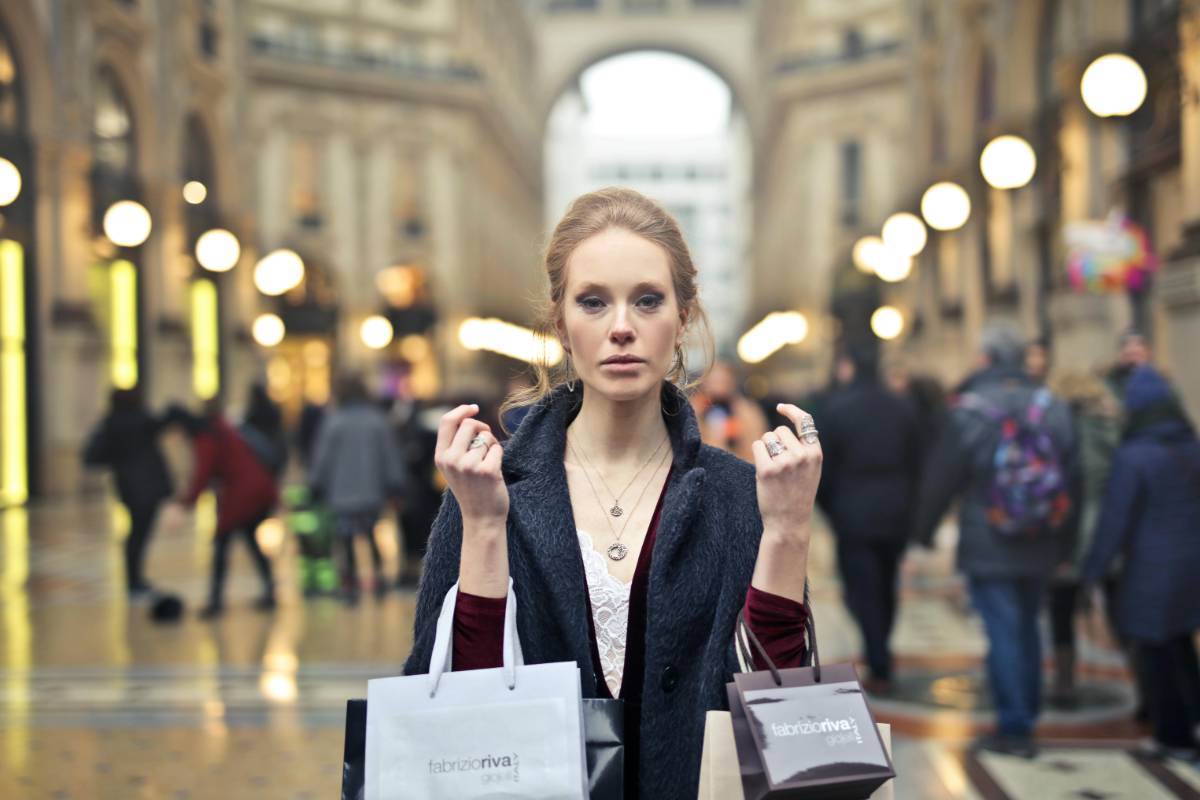
Boutique
Boutique Shopping in Paris, Milan, and Tokyo: A Global Tour
When it comes to luxury shopping, few cities compare to Paris, Milan, and Tokyo. Each offers a distinct flavor of fashion, culture, and retail indulgence. These cities are not only style capitals but also home to some of the world’s most iconic and innovative boutiques.***1. Paris: The Timeless Fashion CapitalParis exudes sophistication at every turn. From the haute couture maisons along Avenue Montaigne to the independent concept stores in Le Marais, boutique shopping in Paris is a lesson in elegance. Stop by the original Chanel store on Rue Cambon or browse the avant-garde selections at L’Eclaireur.***2. Heritage Meets ModernityParisian boutiques beautifully balance tradition and trend. At Maison Margiela’s gallery-like boutique, deconstruction meets art. At Celine’s flagship, minimalist design complements tailored fashion. For vintage lovers, Didier Ludot in Palais Royal is a shrine to past eras of Parisian glamour.***3. Milan: Where Design Reigns SupremeMilan is more than Italy’s fashion hub—it’s a showcase for impeccable design. Via Monte Napoleone is lined with boutiques from Prada, Versace, and Dolce & Gabbana. Step inside and you’ll discover marble floors, plush seating, and interiors that rival any museum.***4. Artful Shopping ExperiencesBoutiques in Milan are architectural wonders. At 10 Corso Como, shopping meets gallery culture, with curated fashion, books, and photography under one roof. Armani/Silos blends clothing with cultural history, and even Gucci’s flagship incorporates art installations.***5. Tokyo: Innovation in Every DetailTokyo’s boutique scene is futuristic, fearless, and full of personality. From Omotesando’s fashion avenue to the labyrinthine alleys of Harajuku, every corner holds discovery. Comme des Garçons’ flagship is a visual spectacle, while Dover Street Market Ginza redefines retail layout entirely.***6. The Craft of Japanese LuxuryJapanese boutiques emphasize precision and detail. Whether it’s Issey Miyake’s tech-driven designs or Visvim’s artisanal craftsmanship, Tokyo boutiques prioritize storytelling. Even the smallest streetwear boutiques feel like carefully designed experiences.***7. Personalized Service Across ContinentsWhether you’re in a Parisian salon, a Milanese atelier, or a Tokyo streetwear haven, one thing remains consistent: exceptional service. Staff are fluent in fashion and attentive to individual taste, ensuring every client feels understood and celebrated.***8. Local Flavor in Global FashionWhile global brands dominate, each city infuses its boutiques with local identity. Paris offers romantic minimalism, Milan boasts bold elegance, and Tokyo thrives on daring experimentation. Each shopping experience becomes a reflection of the city’s soul.***9. Hidden Gems Worth the HuntBeyond the big names, the real treasures are in the hidden boutiques. In Paris, step into Astier de Villatte for handcrafted homeware. In Milan, find Valextra’s leather haven. In Tokyo, explore neighborhood boutiques like Kapital or Beams Plus for an authentic feel.***10. A Journey of Style and CultureBoutique shopping in these cities isn’t just a retail activity—it’s cultural immersion. Fashion here is entwined with art, history, and daily life. It’s about discovering the narrative behind the label, the craftsmanship behind the product, and the atmosphere behind the façade.***ConclusionParis, Milan, and Tokyo offer more than beautiful clothes—they offer unforgettable experiences. Boutique shopping in these cities is about taste, tradition, and innovation. For the global style seeker, there’s no greater journey than exploring the world one boutique at a time.
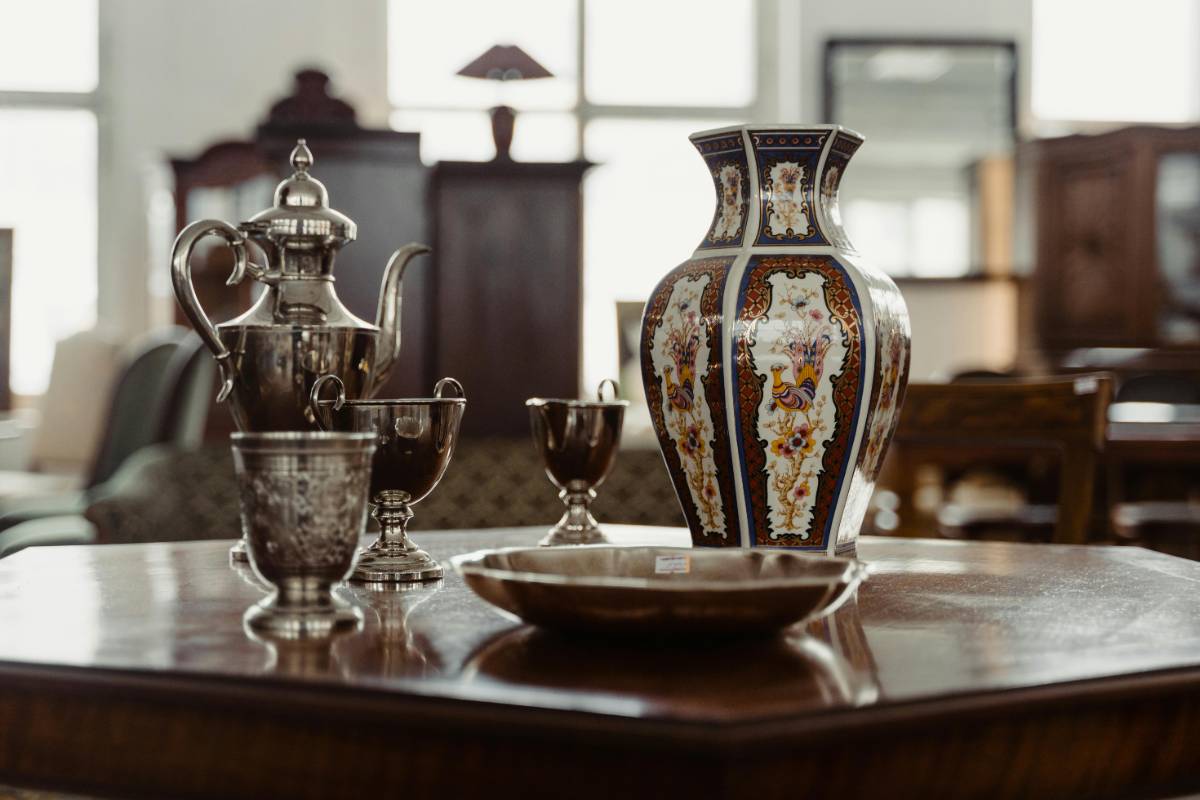
Boutique
Inside the World’s Most Beautiful Luxury Boutiques
Step inside the world of luxury retail, and you’ll find more than just beautiful clothes — you’ll enter cathedrals of design. The most stunning luxury boutiques around the world offer immersive experiences that blend fashion, architecture, and art. These aren’t just stores; they’re expressions of brand identity and cultural sophistication.***1. Retail as ArtLuxury boutiques have evolved into gallery-like spaces where each fixture, wall texture, and light source is deliberately curated. Brands like Louis Vuitton, Prada, and Hermès design their flagship stores with world-renowned architects to reflect both modernity and heritage.***2. Iconic Flagships Around the WorldFrom Louis Vuitton’s futuristic Tokyo store by Jun Aoki to Chanel’s airy Paris Rue Cambon boutique, each space tells a story. Gucci’s Wooster Street store in New York doubles as an art gallery, while Dior’s flagship in Seoul features a sculptural white façade that looks like flowing fabric.***3. Architecture Meets FashionThese boutiques are often designed by top-tier architects like Peter Marino, Zaha Hadid, and Rem Koolhaas. The goal: turn the retail experience into an architectural journey. Sweeping staircases, natural lighting, and spatial poetry are as integral as the fashion on display.***4. Bespoke InteriorsInside, expect marble floors, handwoven rugs, rare wood, and custom art pieces. Everything is selected to evoke emotion and exclusivity. Hermès boutiques often feature mosaic tilework and equestrian-inspired details. Bottega Veneta opts for quiet luxury—warm leathers and subtle elegance.***5. Tailored Client ExperienceLuxury boutiques aren’t crowded malls—they’re intimate, serene, and deeply personalized. From private salons to VIP entrances, shoppers are treated like royalty. Staff are trained not just in product knowledge but in hospitality and discretion.***6. A Blend of Tradition and InnovationWhile rooted in heritage, these spaces also embrace technology. Interactive mirrors, personalized scent diffusers, and AR-enhanced product demos offer a futuristic touch to traditional elegance. It’s innovation without overwhelming the essence of luxury.***7. Sustainability and Local TouchesMany brands now integrate sustainable design—reclaimed materials, energy-efficient lighting, and green walls. They also celebrate local culture. Cartier’s Dubai boutique uses Middle Eastern latticework, while Loewe in Madrid features Spanish ceramicists’ work.***8. Destination ShoppingFor luxury lovers, these boutiques become destinations. Fashion tourism is real—many travelers plan visits around iconic boutiques. Shopping at Fendi’s Palazzo in Rome or Tiffany & Co.'s Fifth Avenue flagship isn’t just a purchase—it’s a memory.***9. The Instagram FactorThese stunning interiors are made for social media. Mirror installations, floating displays, and curated backdrops drive organic brand exposure. The boutique becomes a stage—every corner a potential post.***10. Emotional Connection through SpaceUltimately, luxury boutiques create a world. They aim to stir emotion—pride, wonder, desire. By walking through their doors, clients don’t just shop; they enter the soul of the brand, elevated by design, narrative, and human touch.***ConclusionInside the most beautiful luxury boutiques, fashion meets storytelling, architecture meets artistry, and commerce meets emotion. These iconic spaces aren’t merely about buying—they’re about belonging to a world of curated beauty. As luxury evolves, these temples of design will continue to lead the way, one marble hallway and velvet curtain at a time.
